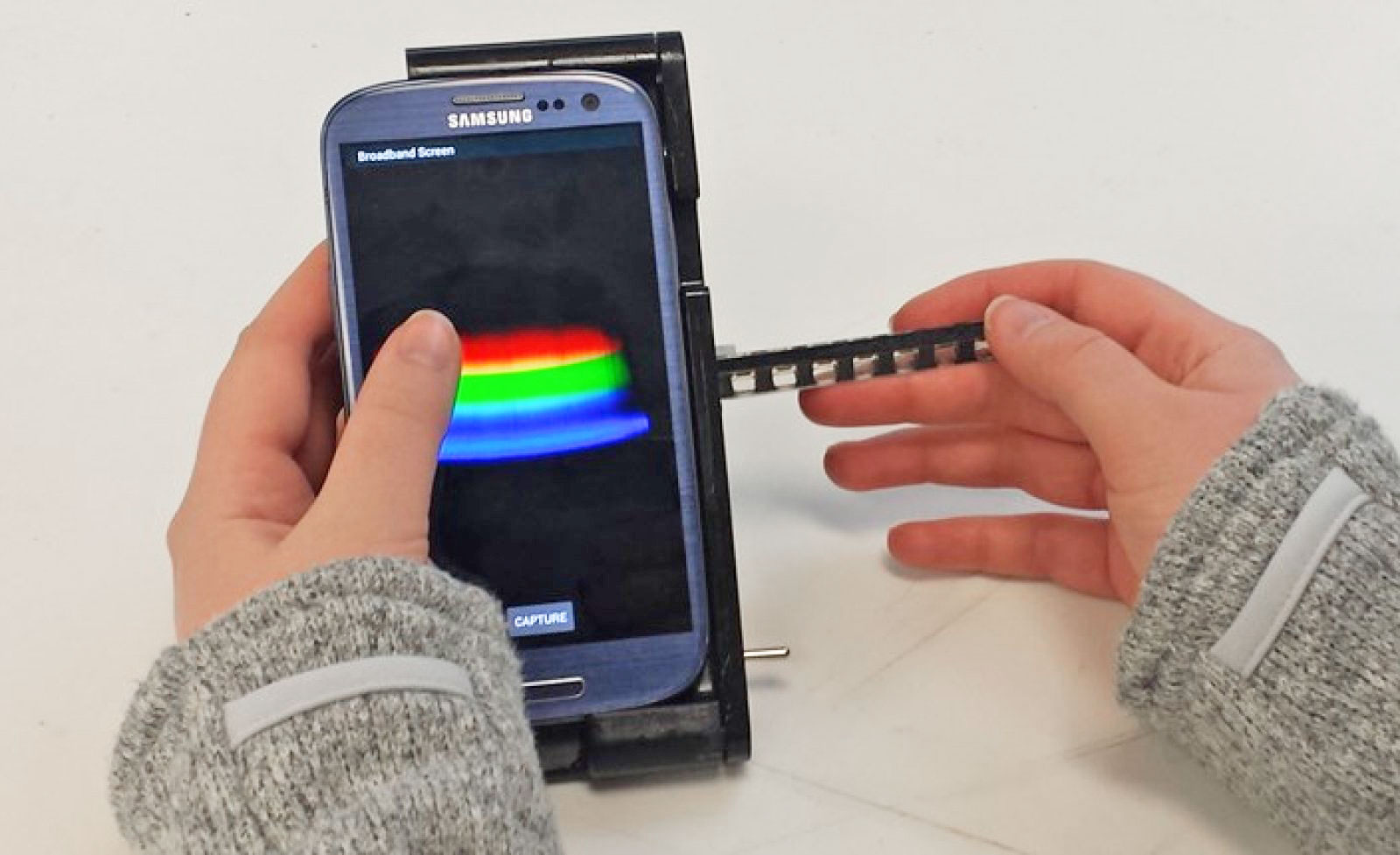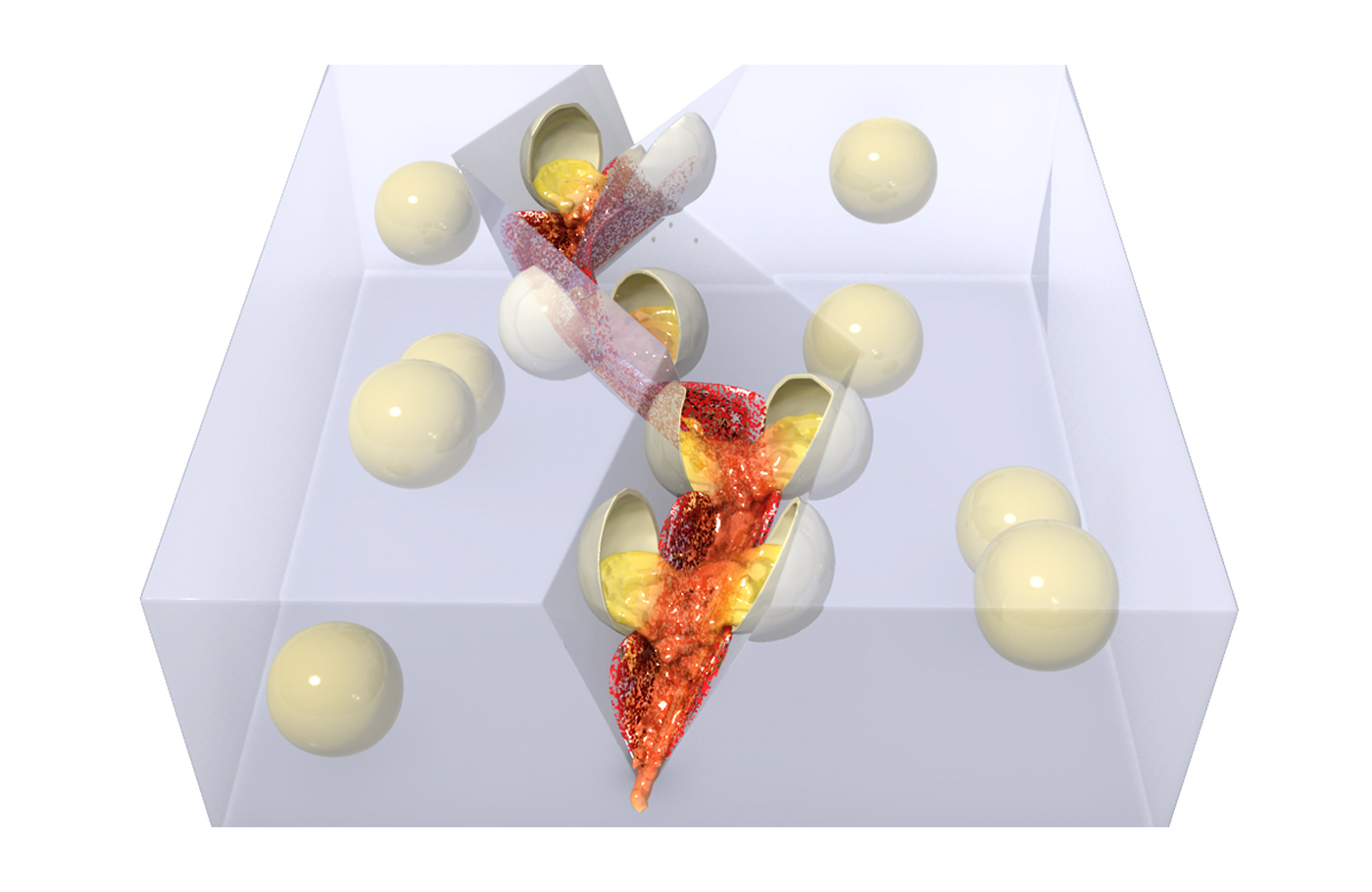
Supercapacitors are often hailed as the holy grail of power supplies, but a group of researchers at the University of Illinois have developed a lithium-ion microbattery that leaves that prized solution in the dust, recharging 1,000 times faster than competing tech. Previous work done by Professor William P. King, who led the current effort, resulted in a fast-charging cathode with a 3D microstructure, and now the team has achieved a breakthrough by pairing it with an anode devised in a similar fashion.
The resulting battery is said to be the most powerful in the world, avoiding the usual trade-off between longevity and power while having a footprint of just a few millimeters. By altering its composition, scientists can even optimize the contraption for more juice or increased life. It's expected that the technology could make devices 30 times smaller and help broadcast radio signals up to 30 times farther, but it'll still be a while before it winds up in a super-slim phone within your pocket. For now, the researchers have their sights set on integrating the tech with other electronic components and investigating low-cost manufacturing.
Filed under: Science, Alt
Comments
Via: Eureka Alert
Source: University of Illinois News Bureau
 Smartphones can now be used as laboratory-grade medical testing devices thanks to new kit designed by the University of Illinois. The transmission-reflectance-intensity (TRI) analyzer attaches to a smartphone to examine blood, urine or saliva samples...
Smartphones can now be used as laboratory-grade medical testing devices thanks to new kit designed by the University of Illinois. The transmission-reflectance-intensity (TRI) analyzer attaches to a smartphone to examine blood, urine or saliva samples...
 Smartphones can now be used as laboratory-grade medical testing devices thanks to new kit designed by the University of Illinois. The transmission-reflectance-intensity (TRI) analyzer attaches to a smartphone to examine blood, urine or saliva samples...
Smartphones can now be used as laboratory-grade medical testing devices thanks to new kit designed by the University of Illinois. The transmission-reflectance-intensity (TRI) analyzer attaches to a smartphone to examine blood, urine or saliva samples...
 If you want electronic skin or other transparent wearable devices, you need to send a current through that skin. However, it's hard to make something that's both conductive and transparent -- and that's where a team of American and Korean researcher...
If you want electronic skin or other transparent wearable devices, you need to send a current through that skin. However, it's hard to make something that's both conductive and transparent -- and that's where a team of American and Korean researcher...
 Current medical implants use radio waves to talk to receivers outside the human body at a paltry 50Kb per second. Fortunately, there's a faster way! And we already use it to check on babies (and pumping hearts) in real-time: ultrasound. Researchers a...
Current medical implants use radio waves to talk to receivers outside the human body at a paltry 50Kb per second. Fortunately, there's a faster way! And we already use it to check on babies (and pumping hearts) in real-time: ultrasound. Researchers a...
 Today on In Case You Missed It: DARPA's own AAA satellite service to service satellites orbiting Earth could launch in about five years, if all the testing goes as planned. A new drone is based on the form of a bat and the resemblance is uncanny. A...
Today on In Case You Missed It: DARPA's own AAA satellite service to service satellites orbiting Earth could launch in about five years, if all the testing goes as planned. A new drone is based on the form of a bat and the resemblance is uncanny. A...
 Need proof that the limits of fiber optic technology have been shattered? You just got it. University of Illinois researchers report that they've set a record for fiber data transmission, delivering 57Gbps of error-free data. And importantly, they...
Need proof that the limits of fiber optic technology have been shattered? You just got it. University of Illinois researchers report that they've set a record for fiber data transmission, delivering 57Gbps of error-free data. And importantly, they...
 Tiny cracks can actually be a big deal when they're forming inside parts of your car or, say, a metal shell that's flying into space. University of Illinois research, led by Professors Nancy Sottos and Scott White, has lead to a polymer coating that...
Tiny cracks can actually be a big deal when they're forming inside parts of your car or, say, a metal shell that's flying into space. University of Illinois research, led by Professors Nancy Sottos and Scott White, has lead to a polymer coating that...



